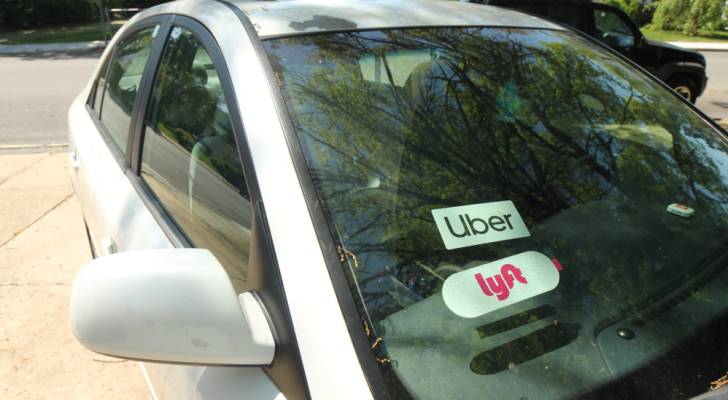Auto theft continues to climb in Alberta

Car theft is becoming a major financial issue for Albertans. According to new data from the Insurance Bureau of Canada (IBC), the cost of auto theft in Alberta surged in 2024 and has climbed dramatically over the past three years. Auto theft claims in the province totaled $110.3 million in 2024, a sharp rise from […]
A classic Canadian chocolate bar just got quietly discontinued

If your childhood snack drawer included a Jersey Milk bar, this one might sting. After 75 years on Canadian shelves, Mondelez, the maker behind the confectionary best used for smores, has quietly pulled the plug on the creamy white-wrapped classic, citing low demand. No press release. No farewell tour. Just gone, like the last piece […]
‘I was more than heartbroken’: This Houston mother paid $2.5K for her daughter’s custom prom dress — but says she wasted another $8K after the designer ‘dropped the ball,’ ruining her night

Parents in Houston were left fuming after a local designer failed to deliver on custom prom dresses for their daughters, with one mother saying she’s out thousands of dollars due to the debacle. Kewana Jones Harvey’s daughter, Kiya Harvey, had been looking forward to senior prom for years, and as a mother she wanted to […]
Are you a spender, saver, earner or ostrich? No matter your financial personality type there’s a budget for you!

If you’ve ever tried and failed to stick to a budget, the problem may not be with you but with your budgeting strategy. Different forms of financial management suit some personalities better than others — select the wrong one and you could find it difficult to stay on track. The different money personality types To […]
Love, lies, and $5 million: Winnipeg lottery battle exposes the high price of trust

A Winnipeg man’s $5 million lottery win has turned into a legal saga after his former partner claimed the winnings and allegedly cut off all contact. The case, now before Manitoba’s Court of King’s Bench, offers a stark lesson about the financial risks of informal arrangements in personal relationships. Lawrence Campbell alleges he purchased the […]
Despite economic uncertainty, Canadian homeowners remain confident in their budget

Despite the daily worries of escalating tariffs, economic recession, inflation and who knows what else, many Canadian homeowners don’t seem all that worried about keeping up. A new CIBC poll found the majority of mortgage holders feeling confident in their ability to handle their mortgage payments and make their budgets work. "As mortgage rates are […]
Popular Tiktok asks users the craziest way they paid off their debt and the answers may surprise you. Here’s some better ways to manage your debt

Debt can make people desperate for financial change — some may even resort to using extreme measures to do so. Popular social media account @morganresets brought this reality to light when she posted a TikTok video asking fellow users how they recommend she deal with her $80k in debt in “unhinged” ways. They took the […]
Ontario’s new gig‑worker law strengthens pay protections — but critics say it falls short

A sweeping new law aimed at protecting gig workers came into effect in Ontario on July 1, 2025. The Digital Platform Workers’ Rights Act, passed under the province’s 2022 Working for Workers Act, mandates minimum wage, pay transparency and greater job‑security even for workers classified as independent contractors. The gig economy — including ride‑share drivers, […]
Canada Post strike could delay CPP and OAS: Here’s how seniors can protect their income

The negotiations between Canada Post and its unionized postal workers have been ongoing for more than 18 months and despite a mandate from the federal jobs minister, more than three weeks ago, there’s still been no date set for a vote by Canada Post workers on the “final” contract offer by the Crown corporation. As […]
How to choose the best student credit card in Canada

Choosing the right student credit card is an important step for Canadian post-secondary students looking to build credit and manage expenses. With the right card, you can not only establish good financial habits but also earn rewards such as cash back and discounts that support your student lifestyle. Here’s how to find the best student […]